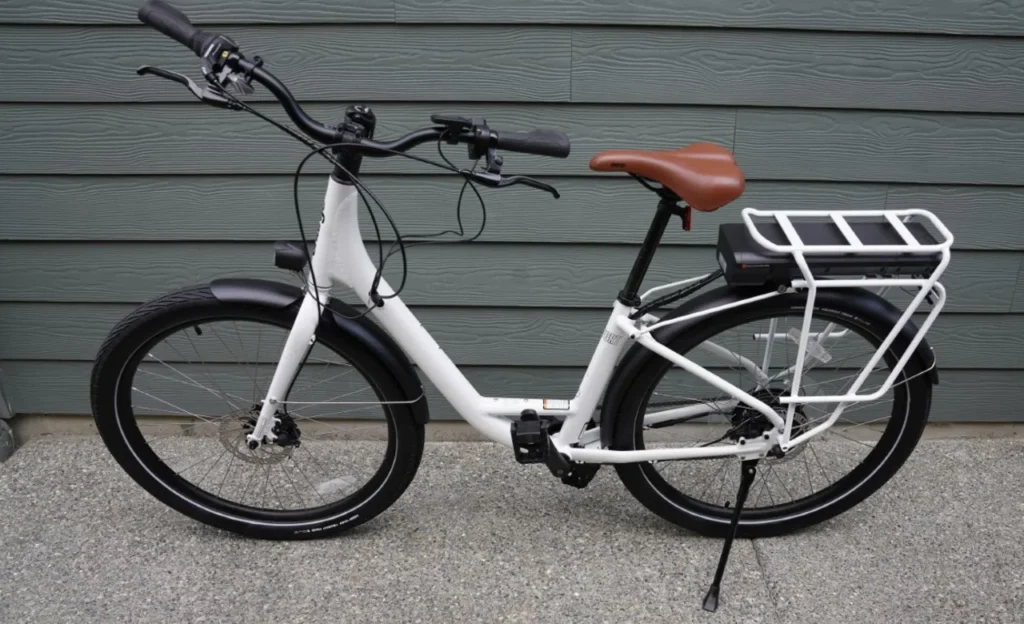In the world of cycling, innovation is continually reshaping the way we approach our rides. Pedal-assist bikes, often referred to as e-bikes with pedal assist, are a prime example of how technology can enhance our cycling experience.
These bikes combine the benefits of traditional pedaling with the power of an electric motor to provide a seamless, enjoyable, and eco-friendly way to travel.
This article explores the concept, advantages, and components of pedal-assist bikes to help you understand why they are gaining popularity among cycling enthusiasts and commuters.
Pedal-Assist Bikes: A Helping Hand for Cyclists
Pedal-assist bikes are a form of electric bicycles that utilize an electric motor to assist the rider’s pedaling efforts.
The level of assistance varies, and it can be adjusted to suit the rider’s preferences and the terrain.
This technology transforms cycling into a more accessible and versatile activity, offering a range of benefits:
Advantages of Pedal-Assist Bikes
- Effortless Riding: Pedal-assist bikes make pedaling easier, especially when tackling steep hills or against strong headwinds. They help riders maintain a consistent speed with less effort.
- Extended Range: With electric assistance, cyclists can cover greater distances without becoming fatigued. This expanded range opens up new possibilities for long rides and bike commuting.
- Eco-Friendly Commuting: By choosing a pedal-assist bike for your daily commute, you contribute to reduced traffic congestion and lower carbon emissions. These bikes are an environmentally responsible alternative to gas-powered vehicles.
- Customizable Riding Experience: Riders have control over the level of assistance provided by the motor. This allows for customization based on personal fitness, terrain, and the desire for a more leisurely or more rigorous ride.
- Health and Fitness: Pedal-assist bikes encourage physical activity, as the rider is still required to pedal. This promotes an active lifestyle and can be particularly beneficial for those seeking low-impact exercise.
Components of Pedal-Assist Bikes
- Electric Motor: The heart of a pedal-assist bike, the electric motor, is often integrated into the hub of the front or rear wheel, or it can be found in the frame (mid-drive motor). The motor is responsible for providing power to assist the rider’s pedaling.
- Battery: Pedal-assist bikes are equipped with lithium-ion batteries that store electrical energy. The size and capacity of the battery play a significant role in determining the bike’s range.
- Controller: The controller manages the flow of electricity from the battery to the motor. It regulates the power output and ensures smooth operation of the pedal-assist system.
- Pedal Assist Sensor: The sensor detects the rider’s pedaling input and provides electric assistance in proportion to the effort exerted. Some systems offer multiple levels of assistance, which can be adjusted on the fly.
- Display: Many pedal-assist bikes feature a digital display that shows essential information, such as speed, battery level, and the selected assistance level.
Conclusion
Pedal-assist bikes are redefining the way we approach cycling, making it more accessible, enjoyable, and eco-friendly.
These bikes bridge the gap between traditional bicycles and fully electric ones, offering a perfect balance of exercise and assistance.
As their popularity continues to grow, they are expanding the horizons of both recreational cyclists and daily commuters, making cycling an even more appealing and practical option for travel and leisure.
Whether you seek a more accessible way to enjoy the outdoors or an efficient mode of urban transportation, pedal-assist bikes are a helping hand you won’t want to do without.

